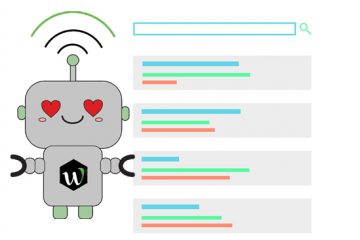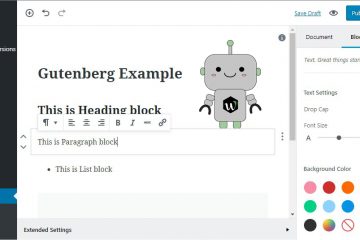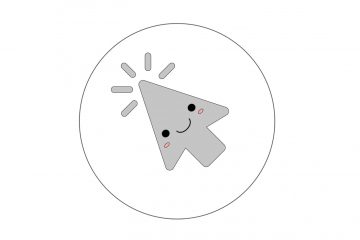You might have read our early blog about optimizing a new age but what if you already have a page that you need to redo with proper SEO.
Well, there are a few different approaches you’ll need to take and you will be at a disadvantage depending on a few key factors.
However, you should remain optimistic, I mean, how badly could you have ignored SEO when your pages were created, right?
Let me start by saying that you can change everything you need to start optimizing an existing page. You just need to follow an organized structure as you review your previous work.
Steps for Optimizing an Existing Page
Now, I’ll follow that by saying you should start by assessing the title of your page and it’s URL. Does it include the keyword you want to rank for? If not, then you could be in some treble right from the gate. Your URL should not change no matter what your plans are. If it doesn’t include your keyword, you’re going to have to make up for it. This is the only thing you can’t change, though so let’s take a look at your options.
Make sure the keyword or phrase you want is used throughout the piece. Don’t stuff it in there but make it the dominant term; around 3% keyword density will suffice.
Feature H2 and H3 tags that have your keyword in them as well. You may not be able to change the URL but you can make the subtitles and content have your keyword.
Check out your Meta description, does it tell readers exactly what they can expect from your article. Your URL or title might have misled some people are caused them to ignore your site altogether when it comes up on search. Entering an accurate Meta description will help clear that issue right up.
You should also include relevant images with alt tags that use your keyword as well.
Finally, ensure your content is clear, precise, engaging, and relevant. As long as people have a good time reading something they were looking for, you’ll continue to increase in rank.
All of these tactics can come together to help overcome a differentiating URL problem so you can start optimizing an existing page on your website.


